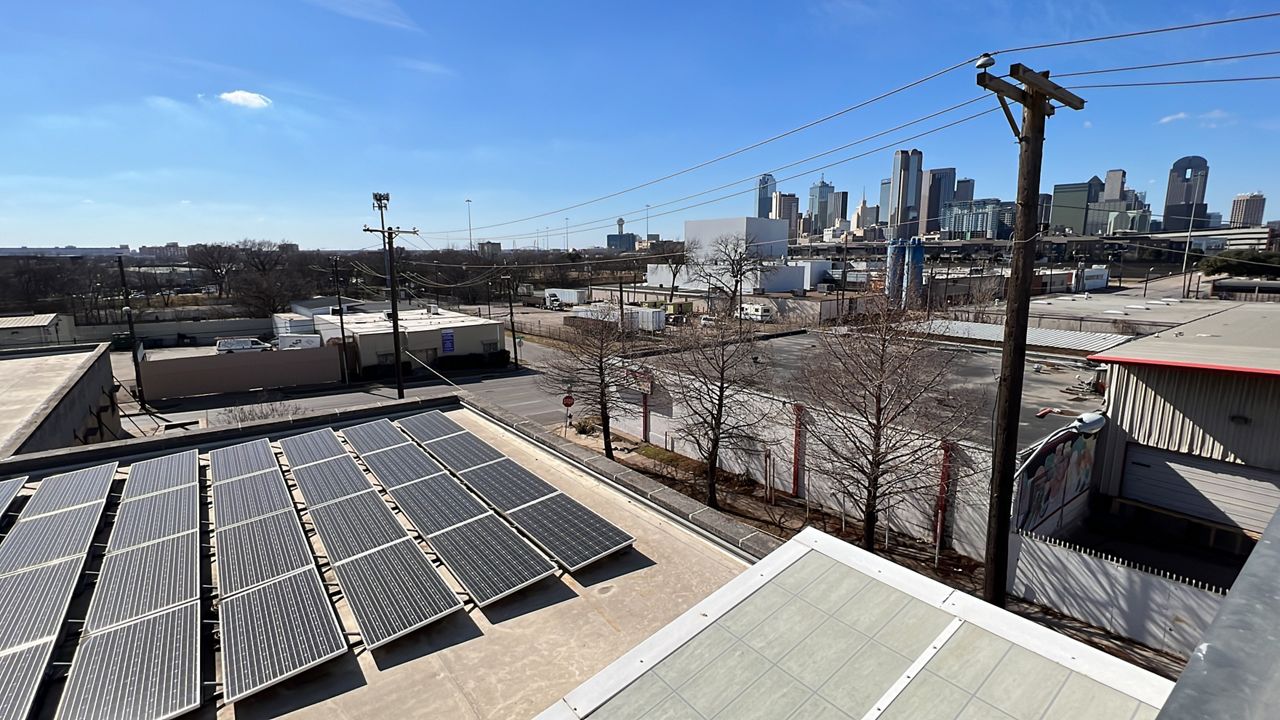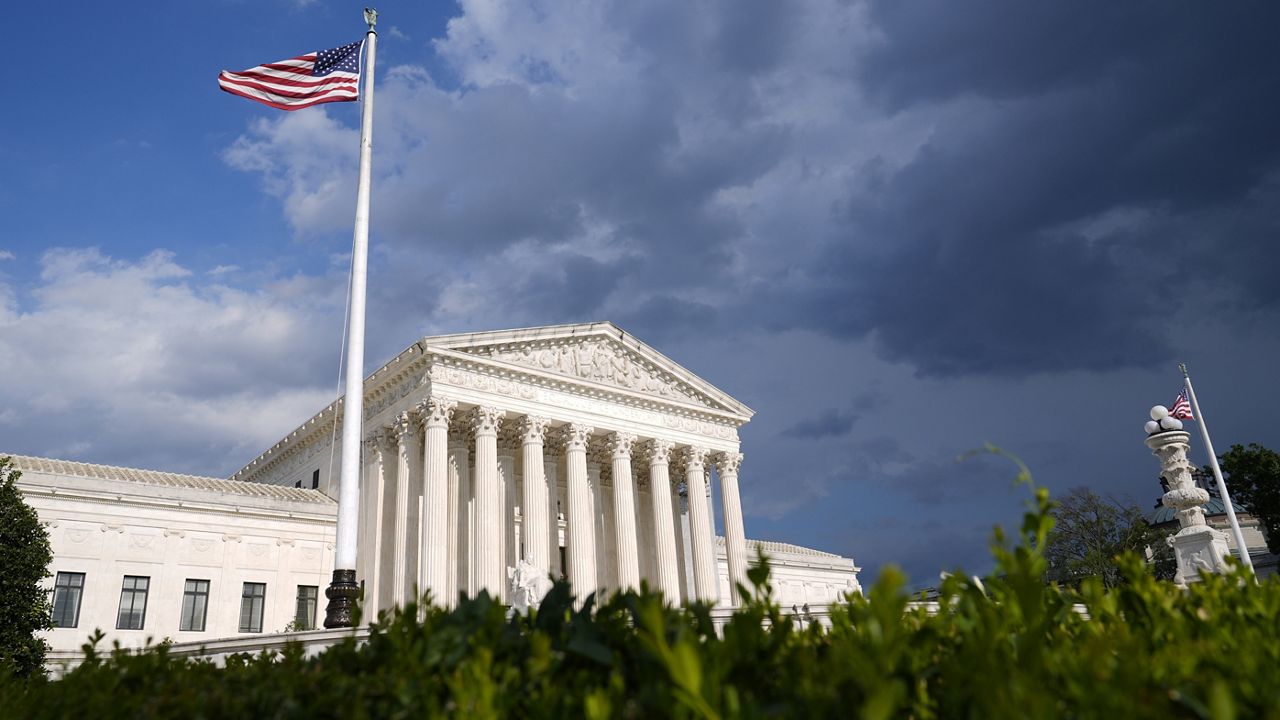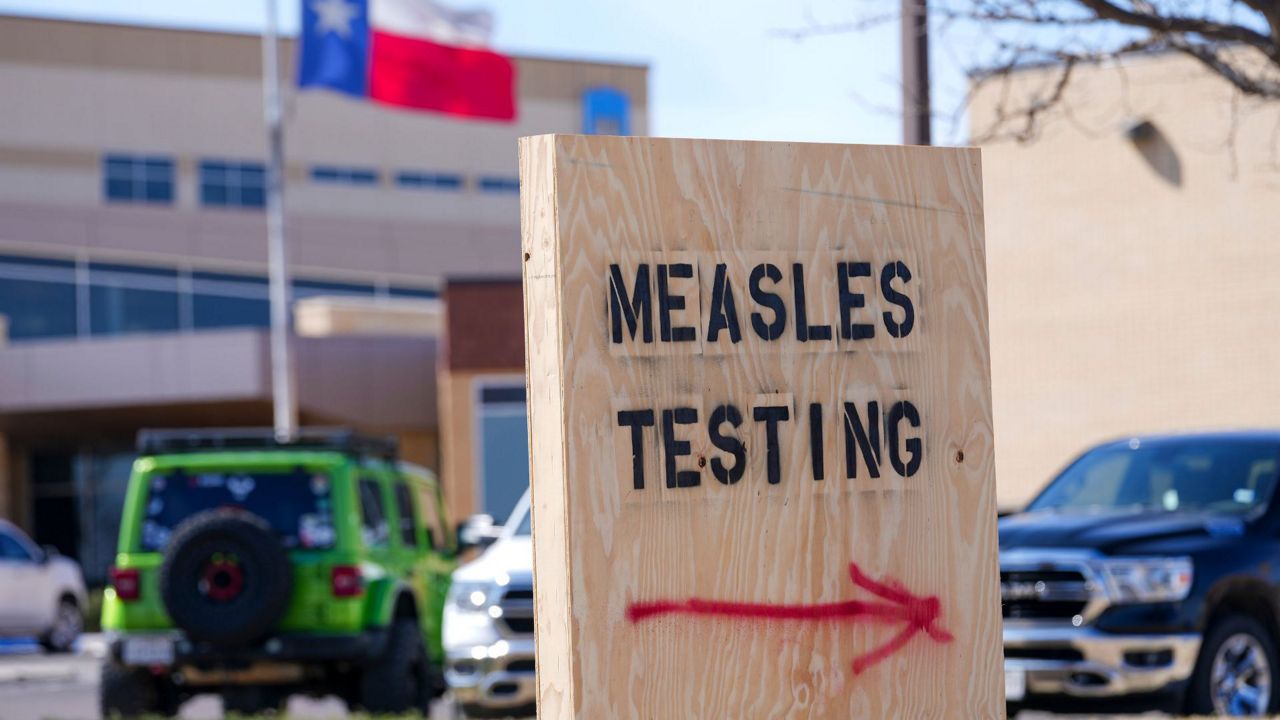TEXAS — A new report from Environment Texas found that rooftop solar could have supplied more than enough electricity to meet the electric grid’s shortfall last year for the majority of the winter storm.
The new report from the environmental nonprofit states that if Texas tapped into all its rooftop solar potential, or PV (photovoltaic) potential, it could have helped reduce the dangers posed by the freeze and generated a surplus of electricity to reduce demand from fossil fuel-fired plants. The report acknowledges the downfalls of solar, like inability to generate power at night, but states that solar power “did contribute to meeting power demand on 13 of the 20 peak load hours during the February 2021 Texas freeze."
The report states that in the last decade, solar power has grown 123-fold in Texas, but the majority of the potential remains untapped. "At the time of the February 2021 winter storm, a total of 6,349 MW of solar capacity was installed on Texas rooftops or in utility-scale installations across Texas,” the report reads. "Actual solar power generation, including both utility-scale and small-scale, totaled approximately 780,000 MWh for the month of February 2021, or enough to power 873,120 average American homes."
University of Texas at Austin energy research fellow Dave Tuttle says the untapped potential is there, but solar power is not a one-size-fits-all solution, and by that account, wouldn’t have been the sole answer to the Texas Power crisis last year. However, Tuttle states there was potential to solar to have helped.
"It has the potential to help. And there's different solutions. There's no one universal solution. And definitely it's better to have the grid be reliable for everybody. So start off with that, make it as reliable as possible,” Tuttle said. "There's multiple ways [solar] could help. Say that the grid was isolated and had different failures at different points. At least you'd have some service for folks to not have pipes freeze, or other bad things happen there. You could have medically challenged folks that need power for some reason. So we could power that and then when the grid is trying to catch back up, it would be easier for them to bring them back online. That's one example. If you have PV on the rooftop, and they're still connected to the grid and their portion of the grid is still working, then it helps lighten the load for others, which may allow the grid operator and the other utilities to help bring back up more houses. So it can help in that regard.”
The main problem Tuttle sees with solar is the fact that the infrastructure isn’t there for some people, like apartment or condo residents who don’t have the capability to install solar. He says homeowners have more freedom to go solar, and homeowners with electric vehicles have even more of a reason to go solar. He chose to go solar a decade ago, but still has traditional grid power from Austin Energy, augmented by his rooftop PV.
"It's a lot economics. It's hard to beat the economics of the grid. We actually have very low electricity prices and so when you want to build your own micro grid or build your own system, you have to first of all, sort of own the house, have control of the rooftop. And so that makes it a smaller population than total people. How do you do that when you live in an apartment or a condo?” Tuttle said. "One way to reduce the price or the cost for a homeowner to have the batteries needed to create this micro grid is to use your EVs battery. So you already have a large battery already parked in your garage let’s say, then stitch it together with a system and make it powered by the PV and then also if the grid fails, you export the power from the electric vehicle back to your house to power it.”
Michael Martin is no stranger to the benefits the sun can have, starting his career in solar in 2010. He runs his own company, MM Solar Advisory. During the interview with Spectrum News, Martin showed us around at Good Coworking in Deep Ellum, which had solar panels installed in 2018. While the company's flat commercial roof is ideal for solar, Martin wants to see solar on as many rooftops in Texas as possible to lessen the load on the power grid.
“We have all this rooftop and if we generate all this power at all these other locations, and what that does is it relieves the burden on the grid to do everything for us. So, distributed generation of power. And if you have batteries, which aren't here [at Good Coworking], but are now becoming very common, then you can you can generate power, use it and store it to get you into the evening or store up the battery in the event that you know a bad storm is coming, and you may choose to leave that leave that battery stored in the event that the power goes down,” Martin said.
Good Coworking co-founder Amy King says that she wanted to make the building solar powered in order to make a positive impact on the world, and not contribute to air pollution by powering the building.
“If someone was thinking about powering their business by solar — it's really important given that we need to diversify our energy sources in modern times due to climate change, and it will contribute to better air quality for everyone around us. And it also is good for a business's brand to be associated with renewable energy instead of polluting energy,” King said. "Good Coworking is a place where we can really incubate new ideas around solar economy and sustainability. And all of the businesses in here learn from being in this building because it's healthy, it's solar powered, and they really feel the benefit for their business and they're going to take those ideas and be a more impactful business in their own right. Our landlord absolutely loves us when he gets his monthly power bills because they're more than half of what they normally would be if we were not solar powered."

Because he wholeheartedly believes in the power of solar, Martin says we will start to see more and more of it on rooftops in Texas. He says the costs are only going to get better and it will become more commonplace.
“I think a lot more people are thinking about how can I do this to keep ourselves powered up when the grid may go down? And the other good part is if you do that, then you're also going to have fixed cost energy forever, so once you go solar, you're probably not going to go back. And so you'll have fixed cost power, so that's nice as well. You take the variability and volatility out of the energy market because it's inherently a volatile market and goes up over time,” Martin said. "We can really change the way Texas is powered. Not just from the large, remote, big grid that we all have grown up with, but now have a highly distributed system of power generation and power storage, which will ease the burden on the grid and provide more resilient, fixed cost and reliable power all over the place.”
Rooftop Solar and the 2021 Texas Power Crisis by Craig on Scribd









